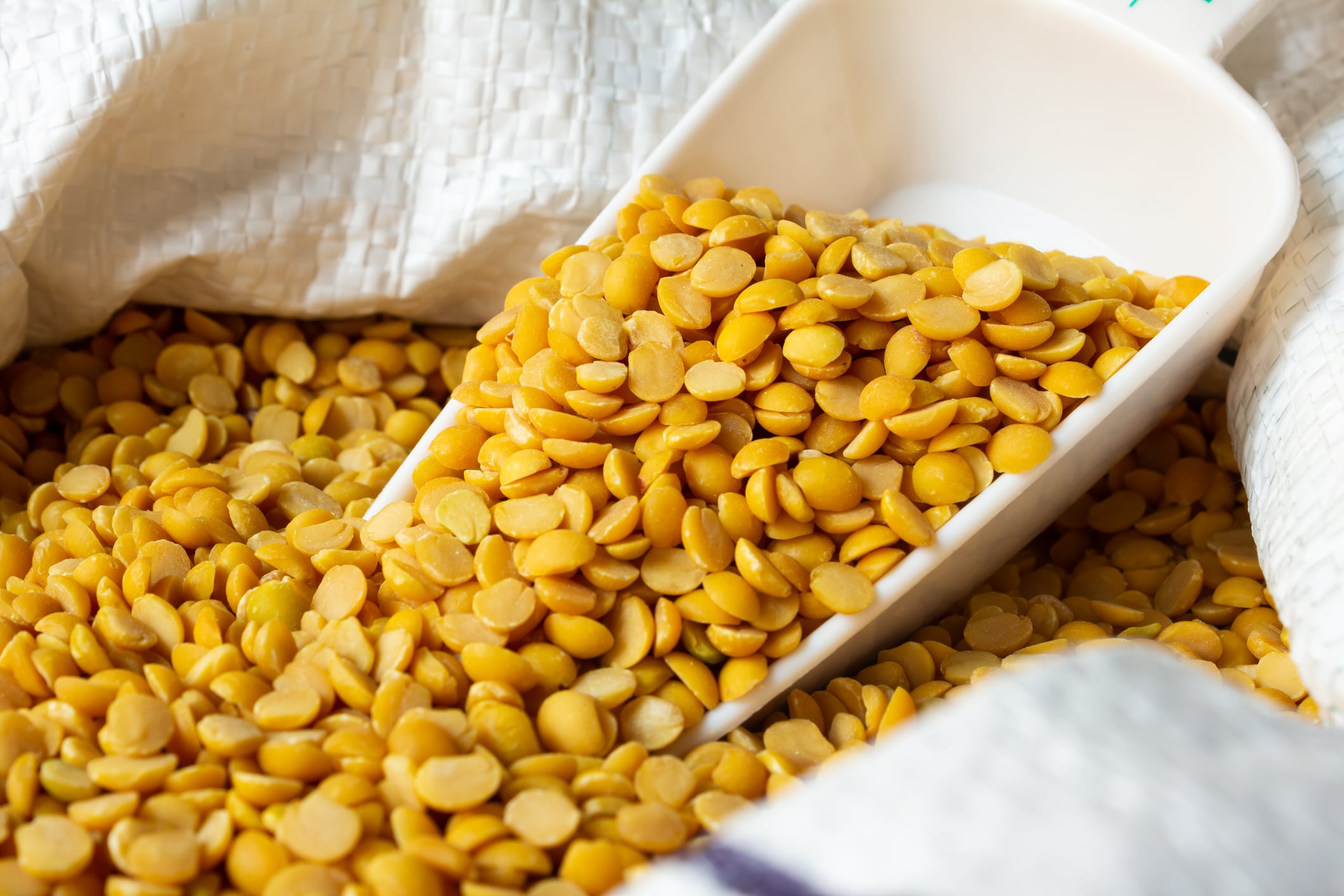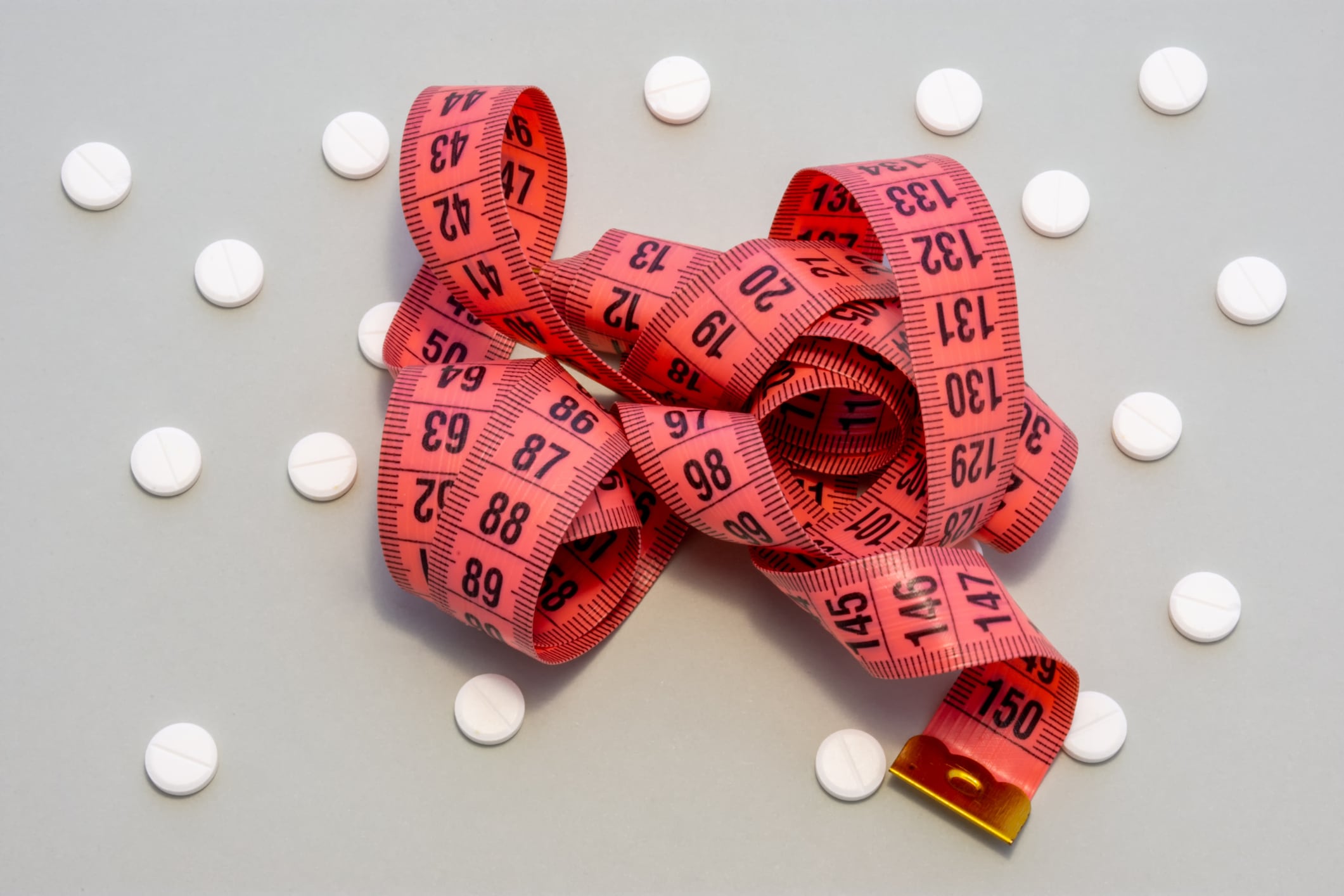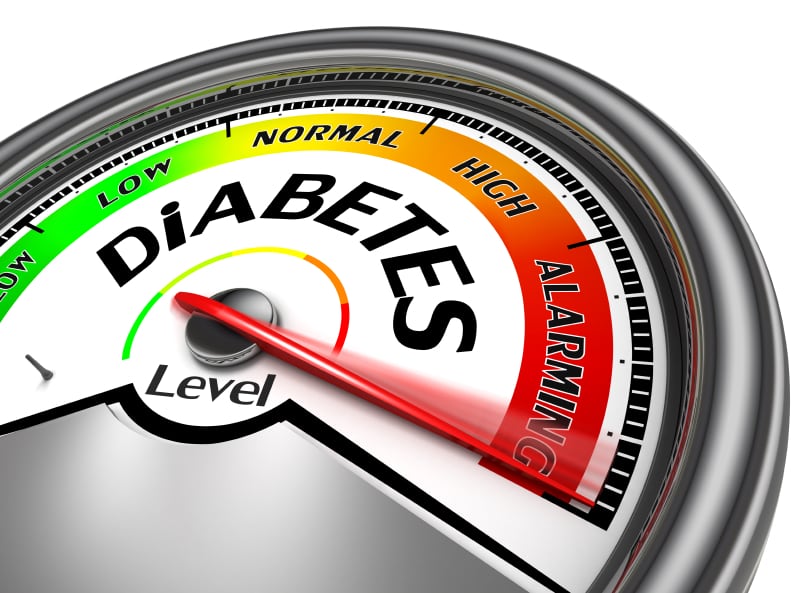The molecule producing the benefits is cyclic glycine-proline (cGP) extracted from New Zealand grown blackcurrants.
Naturally produced by the body, cGP is a metabolite of insulin-like growth factor-1 (IGF-1).
Supplementation may be needed if the body is not able to produce enough cGP, especially if one was clinically diagnosed with diseases such as kidney dysfunction, peripheral neuropathy - which is characterized by weakness, numbness and pain, usually in the hands and feet.
Complications like peripheral neuropathy arise as blood circulation to the limbs is limited by blockages in the blood vessels and capillaries.
An open-label trial conducted in Wuhan, China, has shown that cGP supplementation could alleviate diabetic-related vascular diseases, such as peripheral neuropathy, and could also improve glycated haemoglobin (HbA1c) levels.
This is a breakthrough in the understanding of cGP, which is known for its cognitive health benefits as seen in trials conducted in Parkinson’s Disease patients.
The cGP Lab currently also sells cGP as an ingredient, as well as supplements containing the ingredient for a variety of uses, from supporting brain health to cardiovascular health and healthy aging.

Rebuilding the capillary network
Speaking to NutraIngredients, Dr. Jian Guan, chief scientific officer at The cGP Lab, explained that cGP is able to alleviate diabetes-related vascular complications by rebuilding blood capillaries.
The danger of diabetes is not simply about having a high blood glucose level in the body, but also how blood vessels and capillaries can be damaged by high blood glucose levels, Dr Guan emphasized.
“Diabetes is a small vessel disease. This means that microcirculation in the capillaries is damaged by high blood glucose levels.
“One of the functions that I’ve discovered in cGP is that it can help us protect capillaries from damage and rebuild damaged small vascular network,” said Dr. Guan.
The ability to do so is also unique to cGP, said Dr. Guan, when comparing it to other anti-diabetic medications.
“One of the ways cGP works is by normalizing IGF-1 function, which is critical for the process of rebuilding the capillaries. Based on what I know, there are not many drugs that would do this.
“Most of the diabetes treatment is to lower blood sugar level without treating the cause - which is high insulin levels or insulin resistance, where insulin is not working properly.
“This is why despite taking these medications regularly, diabetic patients still develop diabetes-related complications, like diabetic eye, diabetic kidney dysfunction and having to go through dialysis, and diabetic peripheral neuropathy. The clinical prognosis of these complications are worse than some forms of cancers,” she said.
Rebuilding the capillary network is also important since surgeries can be done to remove blood clots in blood vessels, but not necessarily treating damaged capillary network.

Findings from Wuhan’s open-label trial
In an open-label trial conducted in Wuhan, Dr Guan and her team reported that cGP supplementation has improved protective foot sensation, normalized blood pressure and HbA1c in adults with diabetic peripheral neuropathy.
cGP supplementation has also moderately reduced albuminuria.
A total of 38 individuals with type II diabetes were allocated to two groups, taking a capsule containing either 20-25μg cGP or a higher dose of 40–45 μg cGP daily for six months.
Writing in the Journal of Functional Foods, supplementation of cGP at either the lower or higher concentrations has reduced the deficits of foot sensation in diabetic peripheral neuropathy patients.
There was also a dose-dependent effect of cGP on foot sensation.
The high-concentration group showed benefits earlier, with significant reductions in sensory deficits after three months of supplementation, whereas the low-concentration group required six months to achieve comparable effects.
Sensory deficit is said to be driven by an increase in insulin-like growth factor-binding protein 3 (IGFBP-3).
An elevation in IGFBP-3 reduces the amount of bioavailable IGF-1 and impairs IGF-1 function.
cGP supplementation addresses IGF-1 dysregulation by competing with IGF-1 to insulin-like growth factor-binding protein 3 (IGFBP-3) binding, in the process, freeing up IGF-1.
“By normalizing IGF-1 bioavailability, cGP supplementation offers a promising approach for restoring IGF-1 function and improving the clinical outcomes and prognosis of vascular complications in T2DM, including peripheral neuropathy,” said the researchers in the paper.
Normalized levels of IGF-1 in turn help to stabilize blood capillaries.
“In addition to supporting endothelial survival, vascular formation and function, IGF-1 regulates vascular endothelial growth factor (VEGF)-induced angiogenesis to stabilize and prevent leaking of newly formed capillaries,” said the researchers.
Angiogenesis is the forming of new blood vessels from existing ones. It is crucial for transporting nutrients and proteins throughout the body.
Conversely, IGF-1 deficiency could lead to VEGF-induced abnormal angiogenesis. This is a key pathology causing albuminuria in diabetic neuropathy.
cPG supplementation has also significantly lowered glycated haemoglobin HbA1c from baseline at both three months and six months post supplementation.
“These preliminary findings suggest that natural cGP may have therapeutic potential to improve clinical outcomes and prognosis of vascular complications in individuals with T2DM, pending confirmation in larger, controlled studies,” said the researchers.
People call the scientists working in brains ‘neuroscientist’, which is inaccurate, because neurons are only a type of cell in the brain. As a neuroscientist, I’m more interested in brain microcirculation and have been studying it for the most part of my career. Many forms of brain diseases are originated from damaging microcirculation, for example, age-related cognitive decline, Alzheimer’s diseases, and stroke. The loss of ability to produce sufficient cGP is an underlying cause of small vessel diseases, including neurological conditions and vascular complications in diabetes.
Dr. Jian Guan
Next study
The company will be conducted a placebo-controlled clinical trial in China to examine whether cGP supplementation can reduce fats in individuals with both diabetes and fatty liver.
This would build on a previous mice study which has shown that cGP supplementation could reduce organ fat, although it did not lower the overall body weight.
The findings, published in Nutrition, Metabolism & Cardiovascular Diseases, reported that cGP supplementation had normalized systolic blood pressure and partially reversed retroperitoneal fat mass, but had no effect on body composition and plasma insulin concentrations.
Story behind the discovery
The inspiration behind studying cGP and diabetes could be traced back to Dr. Guan’s observational study findings on cGP in pregnancy-related obesity and weight change.
For instance, it was found that women with pregnancy-related hypertension had lower cGP levels than the controls.
On the other hand, women who were able to lose weight quickly to normal weight after giving birth also had higher cGP levels, said Dr Guan.
“This was the very first study where we found increasing cGP probably was a positive response, and that decreasing CGP was linked to vascular diseases like hypertension,” she said.
The findings were published in the Journal of Biological Regulators and Homeostatic Agents in 2018.
The inspiration for studying cGP and diabetic peripheral neuropathy, on the other hand, came from a colleague who was experiencing the condition.
Having taken cGP supplements, he reportedly had his sensation back in a follow-up clinic visit.
“He then told me: ‘Jian, if you were to do a clinical trial next, please test it on diabetic peripheral neuropathy,’” Dr Guan recalled.





